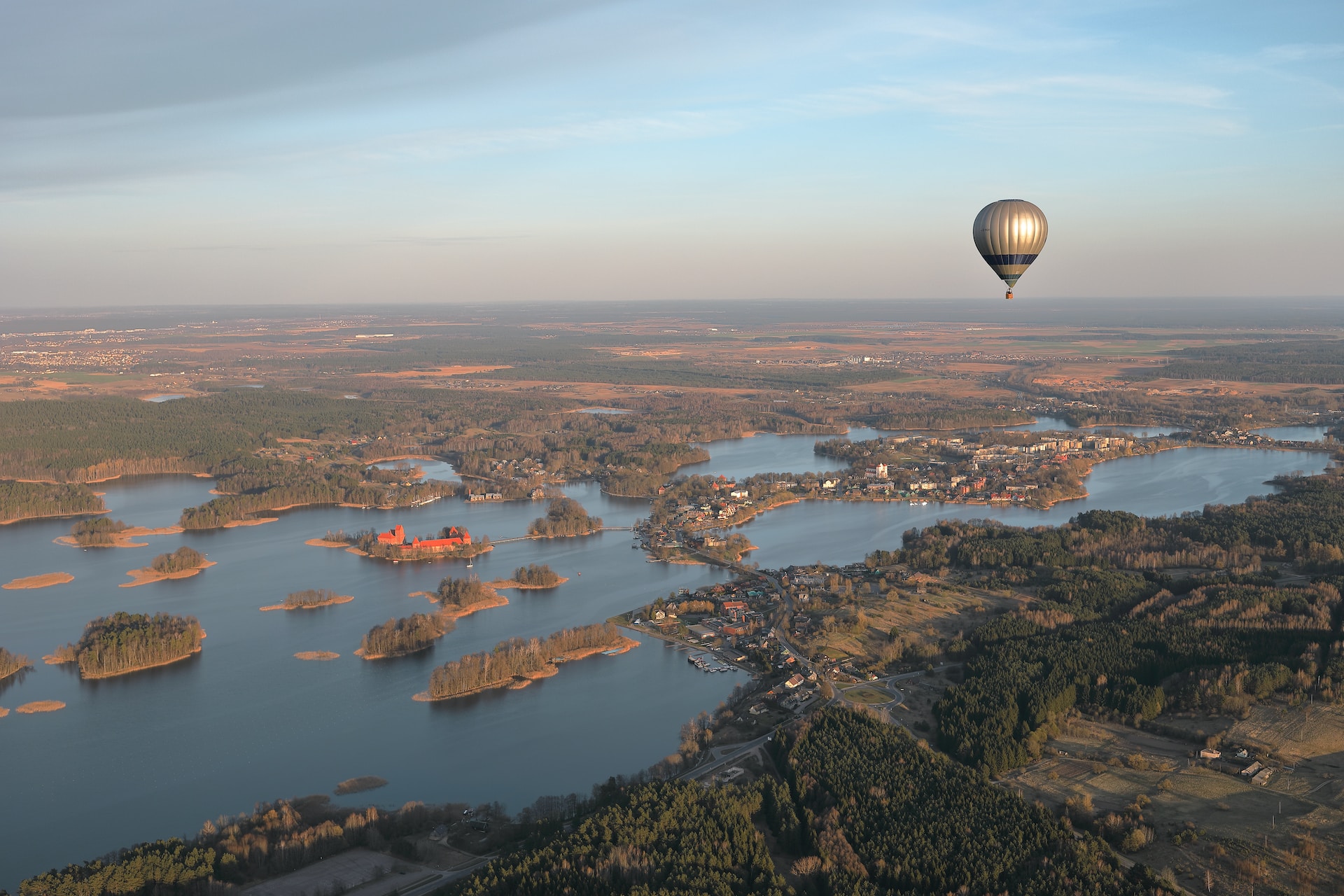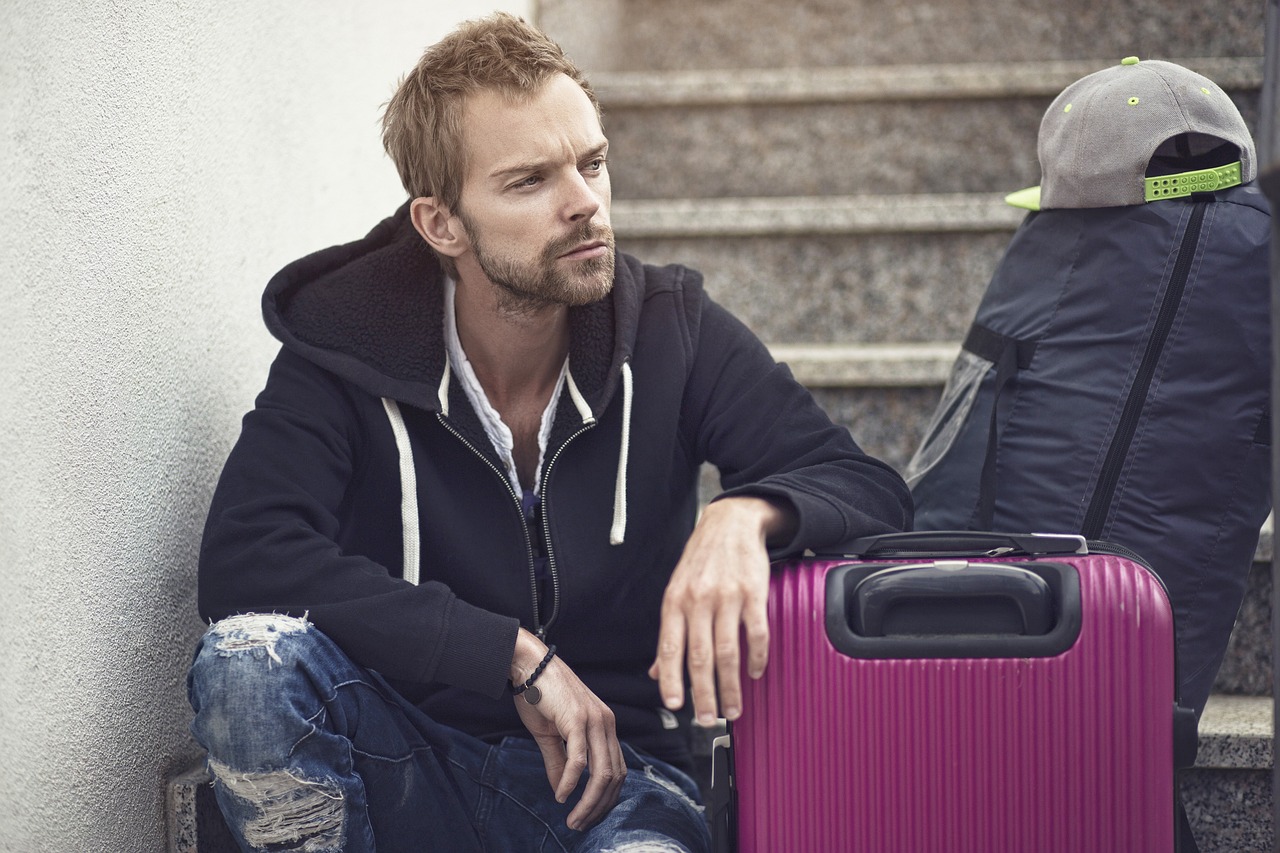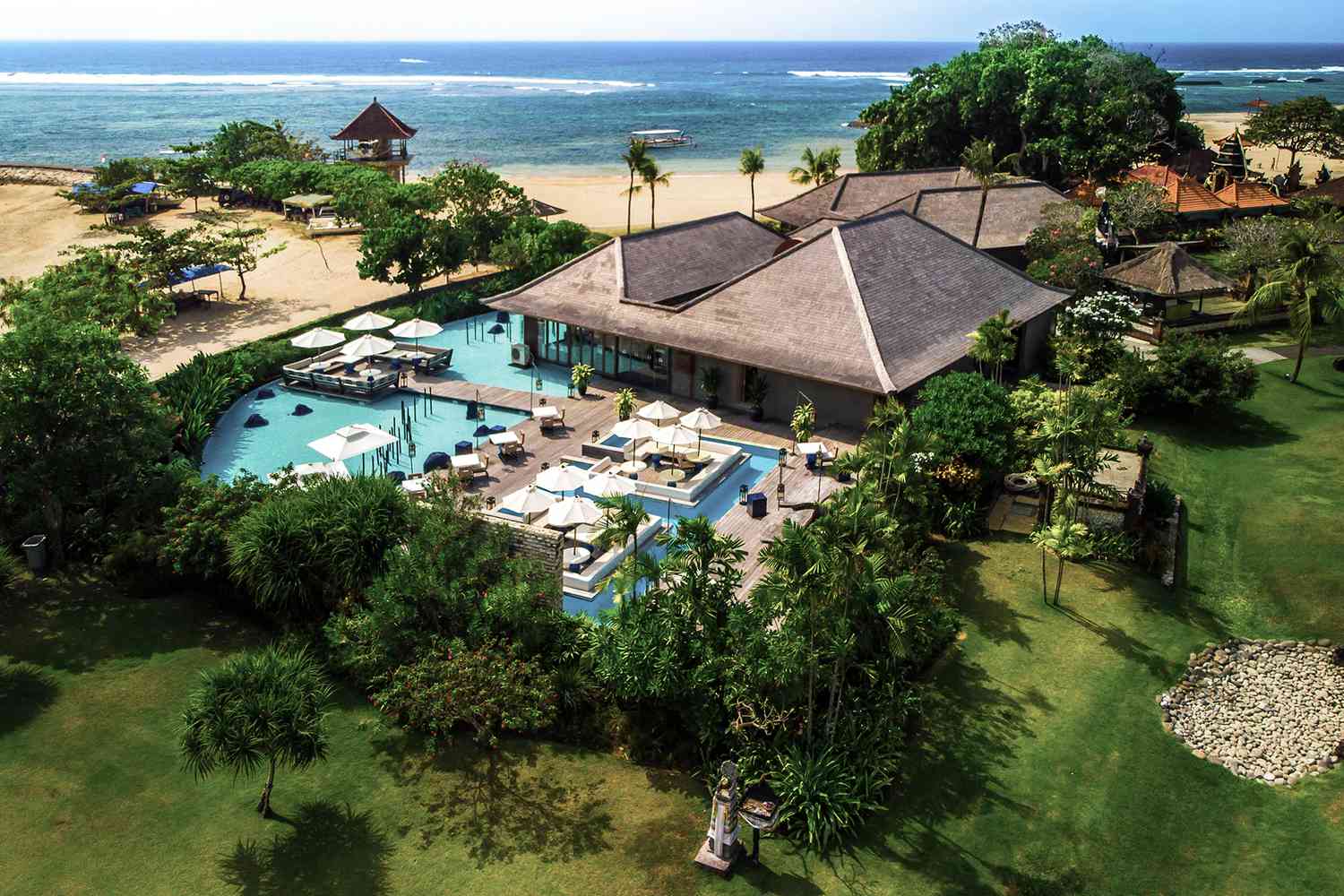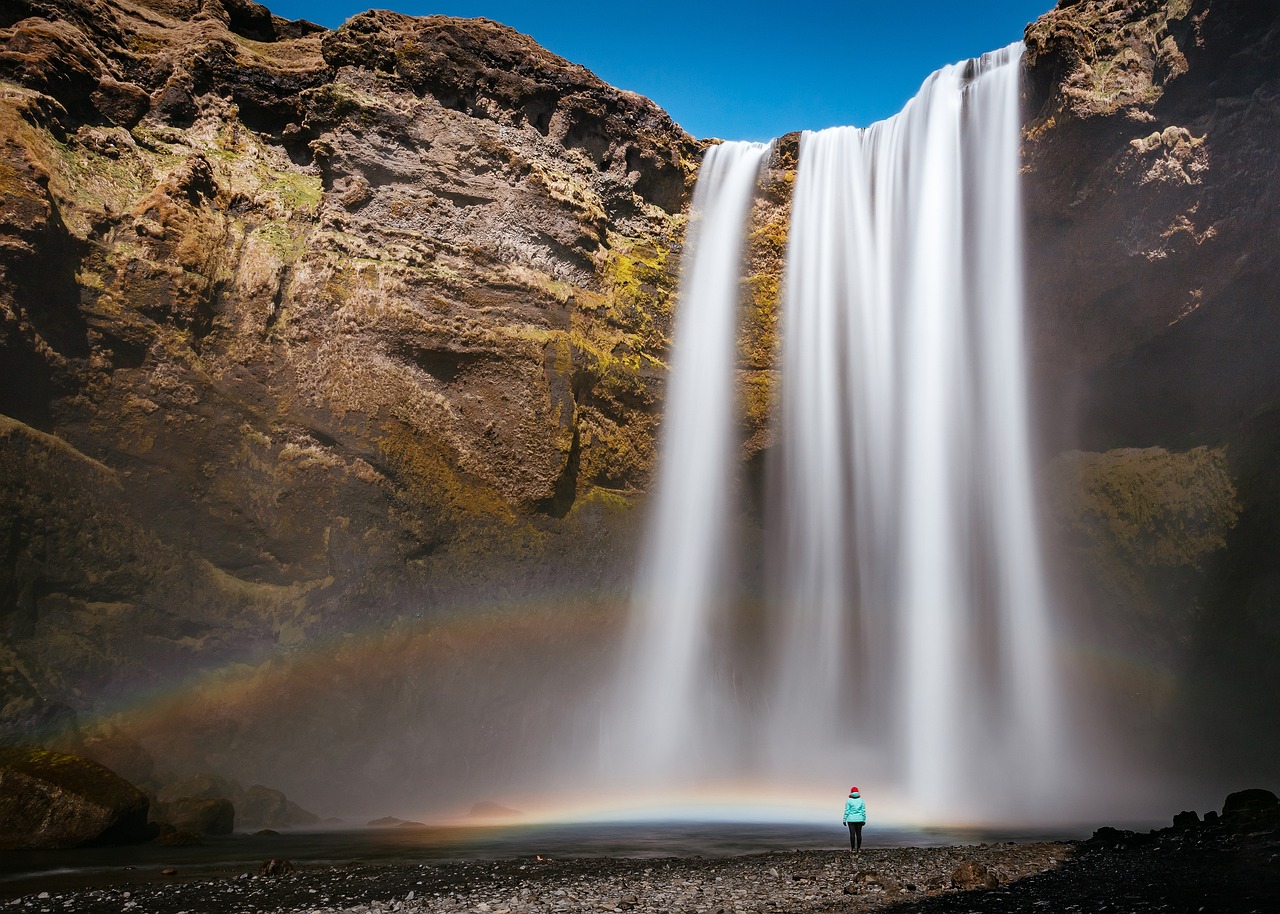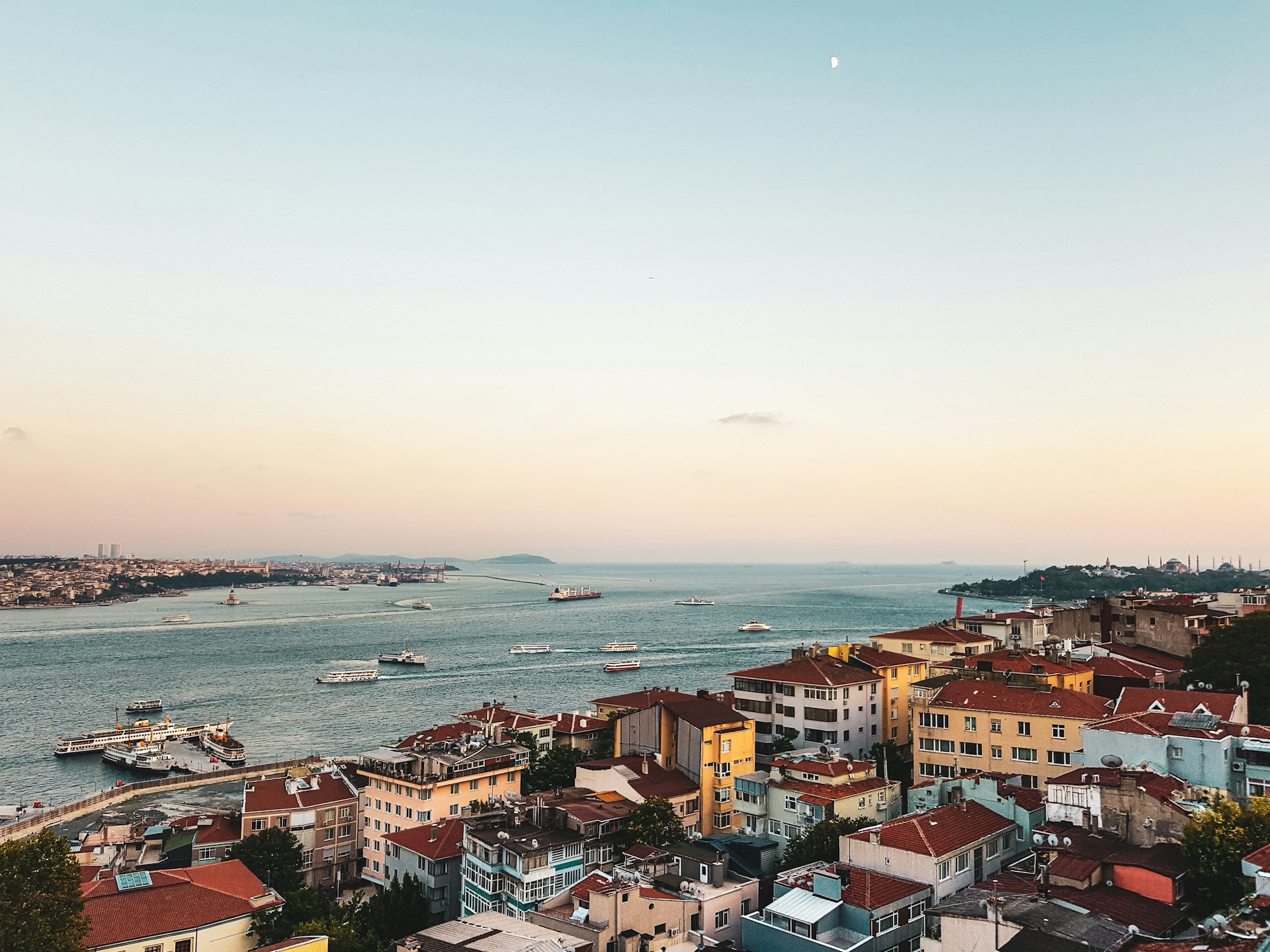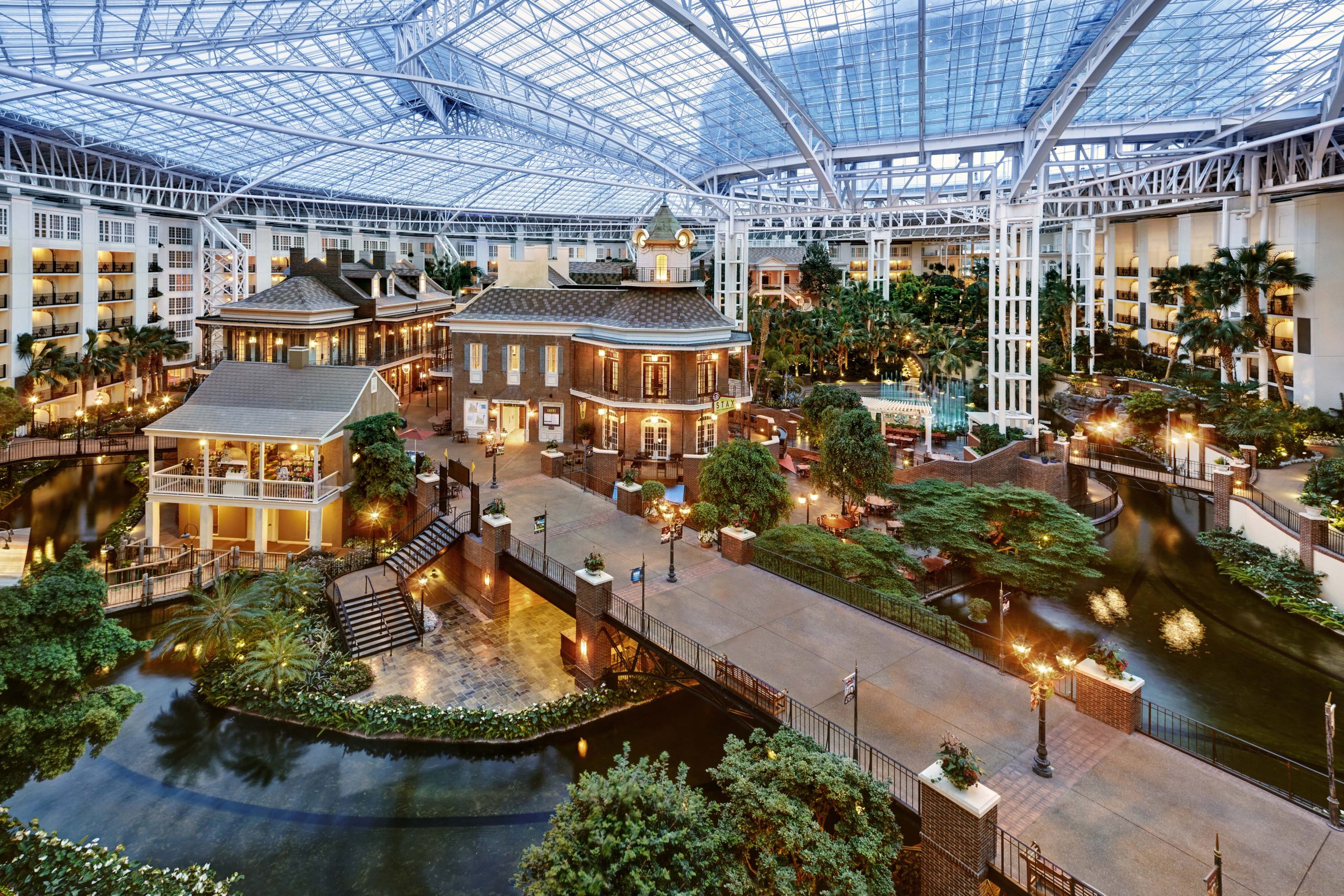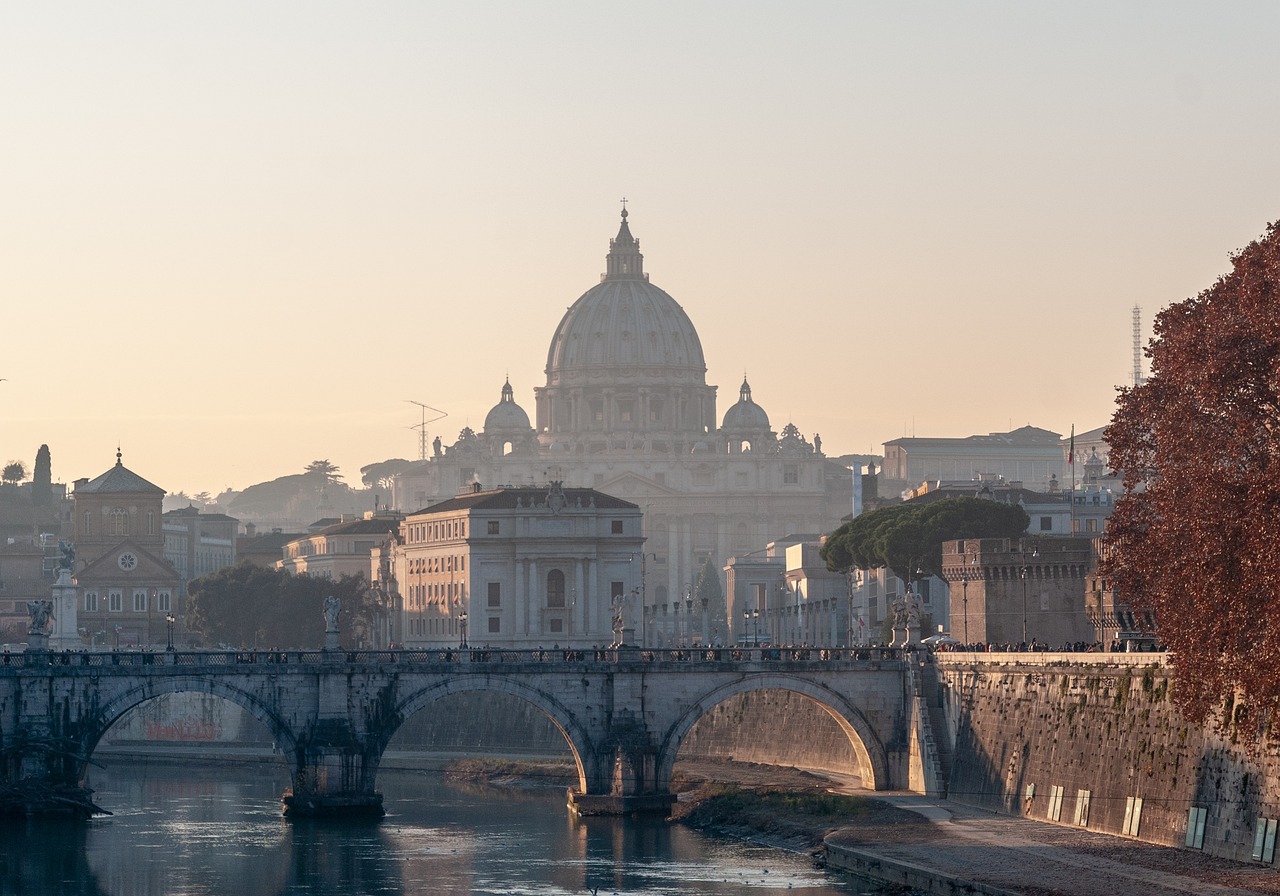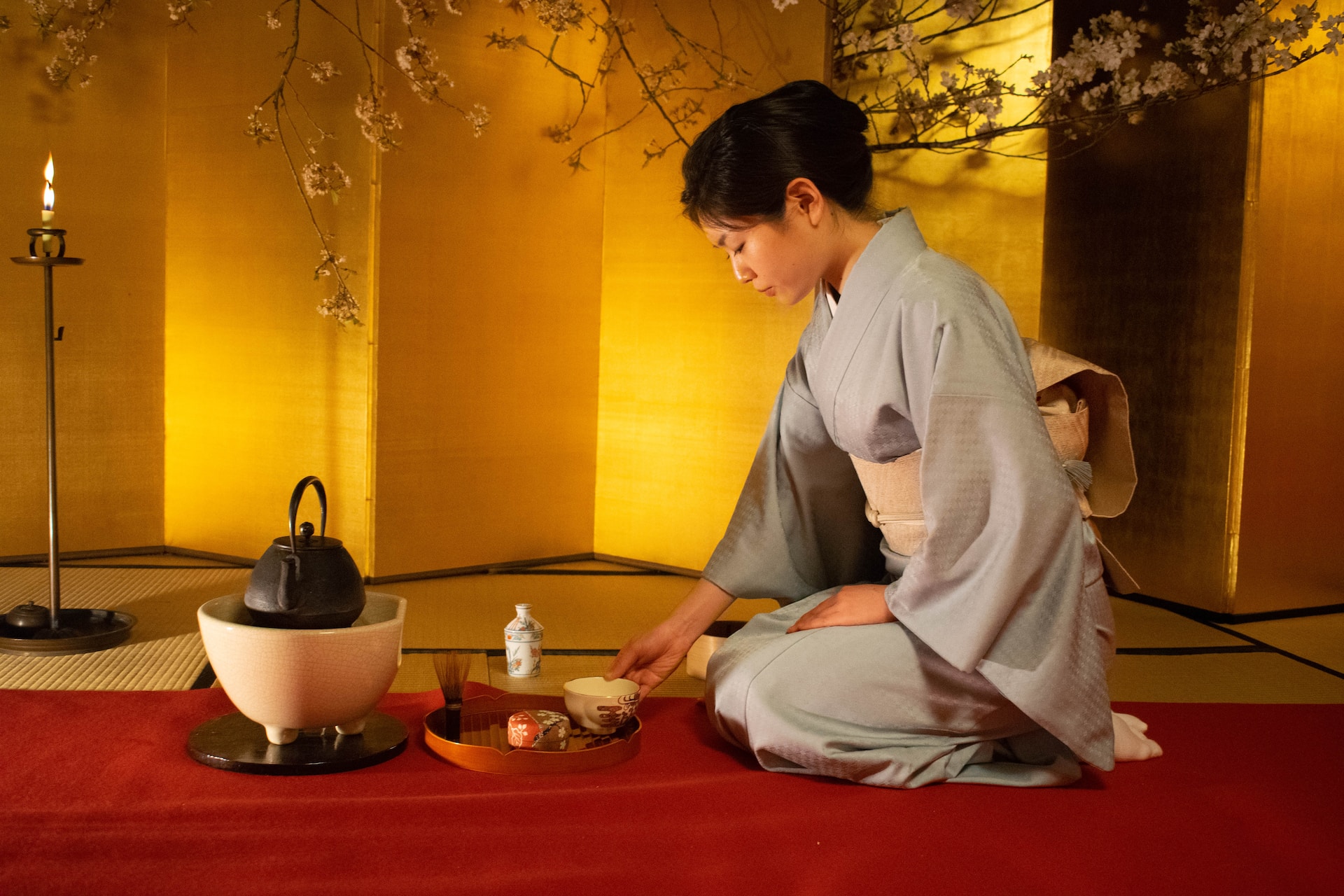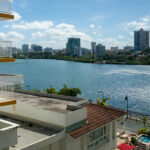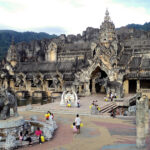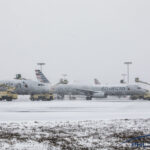Situated on the eastern shores of the Baltic Sea, Lithuania is one of the three Baltic states, nestled between Latvia to the north, Belarus to the east and south, Poland to the south, and Russia to the west. Though geographically small, Lithuania boasts a rich history, vibrant culture, and a distinctive landscape. This article offers a deep dive into the wonders of this captivating nation.
A Glimpse into Lithuania’s History
Lithuania’s roots stretch back to ancient Baltic tribes, but it rose to prominence as the Grand Duchy of Lithuania in the 13th century. For over two centuries, in union with Poland, it was part of a vast realm that stretched from the Baltic to the Black Sea. Yet, the succeeding centuries brought partitions, occupations, and wars. Lithuania’s indomitable spirit saw it restore its independence from the Soviet Union in 1990, becoming the first Soviet republic to do so.
Vilnius: The Enchanting Capital
With its Baroque architecture, winding medieval alleys, and vibrant arts scene, Vilnius encapsulates the soul of Lithuania. The UNESCO World Heritage-listed Old Town brims with history, from the Gediminas Tower, which offers panoramic views, to the striking Vilnius Cathedral.
Nature’s Bounty
Lithuania’s landscape is characterized by rolling hills, dense forests, and a myriad of lakes. The Curonian Spit, a unique stretch of shifting sand dunes and pine forests, is a UNESCO World Heritage site and a testament to nature’s beauty. Aukštaitija National Park, dotted with over 100 lakes, offers serene settings and traditional wooden villages.
Lithuanian Culture: A Blend of Traditions and Modernity
Lithuania boasts a rich cultural tapestry:
Festivals: Lithuanians love to celebrate. Užgavėnės, a pre-Lenten festival with masks, dancing, and pancakes, is particularly memorable.
Music: From traditional folk songs to modern rock bands and classical compositions, music plays an integral role in Lithuanian identity.
Arts and Crafts: Lithuania has a long-standing tradition of visual arts, including painting, sculpture, and crafts like weaving and pottery.
Lithuanian Cuisine: A Gastronomic Delight
Lithuanian food is hearty, influenced by its climate and history. Staples include potatoes, rye, beetroot, and dairy. Dishes to try include:
Cepelinai: Potato dumplings stuffed with meat or curd.
Šaltibarščiai: A cold beet soup, perfect for summer.
Kibinai: Pastry filled with mutton and onion, a Karaite speciality.
Modern Lithuania: A Hub of Innovation and Progress
Since regaining independence, Lithuania has rapidly modernized and integrated with Western institutions, joining the EU and NATO in 2004. Vilnius, in particular, has become a hub for tech startups and is often termed the “Silicon Valley of the Baltics.”
Language and Identity
The Lithuanian language is one of the oldest languages in today’s Europe that is still spoken. It belongs to the Baltic group of the Indo-European family of languages. Preserving it was crucial for Lithuanians during periods of foreign dominance, and it remains a cornerstone of national identity.
Places of Interest
Beyond Vilnius, Lithuania offers a wealth of attractions:
Trakai: An island castle set amidst a tranquil lake.
Kaunas: Known for its interwar architecture and the haunting Ninth Fort, a memorial to victims of the Holocaust.
Hill of Crosses: A place of pilgrimage with thousands of crosses, symbolizing resistance and national identity.
Lithuania, though small in size, offers a rich tapestry of experiences. Its history is one of resilience and determination; its culture, a blend of age-old traditions and forward-looking modernity. Whether you’re wandering through the historical lanes of Vilnius, relishing the delectable Lithuanian cuisine, exploring dense forests, or engaging with the warm and welcoming locals, Lithuania promises a unique and unforgettable experience. In the heart of the Baltics, this gem awaits your discovery.
To truly understand Lithuania, it’s essential to delve into its lesser-known aspects that give a more rounded picture of its essence.
A Literary Haven
Lithuania has a vibrant literary scene, with both historical and contemporary significance. Throughout the years of occupation and suppression, literature served as a beacon of hope and resistance. Today, Vilnius boasts a unique initiative as the city walls are adorned with artworks of poems in various languages, symbolizing the universality of human emotions and the love for the written word.
Sporting Achievements
Basketball is akin to a religion in Lithuania. The country has consistently performed exceptionally in European championships and global events. Names like Arvydas Sabonis and Šarūnas Marčiulionis have shone in the NBA, raising Lithuania’s profile in the sporting world.
The Land of Folk Tales and Legends
Lithuanian folklore is a rich tapestry of myths, legends, and fairy tales. The tales often revolve around nature, mirroring the country’s deep-rooted connection with its landscapes. Festivals like Joninės or Rasos, celebrate the summer solstice and are deeply entrenched in pagan traditions, showcasing Lithuania’s ancient beliefs.
Education and Innovation
Lithuania’s focus on education is commendable. According to OECD data, Lithuania is among the top countries in Europe based on the population with a tertiary education. This emphasis on learning has fostered an environment of innovation, particularly in the fields of biotechnology, laser research, and IT.
Religious Tapestry
While predominantly Catholic, Lithuania is home to various religious communities. The history of the Jews in Lithuania, often referred to as “Litvaks”, is particularly noteworthy. Before World War II, Vilnius was often termed the “Jerusalem of the North” due to its significant Jewish population and its status as a center of Jewish learning.
Environmental Initiatives
With its lush landscapes, it’s no surprise that Lithuania places a strong emphasis on environmental conservation. The country has made significant strides in renewable energy, especially in wind energy, and aims to produce 38% of its total energy from renewable sources by 2025.
The Charm of Seaside Towns
While Lithuania’s interior boasts historical cities and dense forests, its coastline offers serene beauty. Towns like Klaipėda, Lithuania’s primary port city, offer a blend of maritime history, modern amenities, and beachside relaxation. Palanga, another coastal town, is renowned for its amber museum, displaying pieces of “Baltic gold”, and its vibrant beachside boardwalk.
Lithuania stands as a testament to the resilience of spirit and the power of cultural preservation. From its ancient songs echoing through dense forests to its modern achievements in various fields, Lithuania is a blend of the age-old and the contemporary. For those willing to explore beyond the surface, Lithuania offers tales of valor, melodies of nature, flavors of tradition, and visions of the future. It’s not just a country; it’s an experience, waiting to be lived and cherished.
